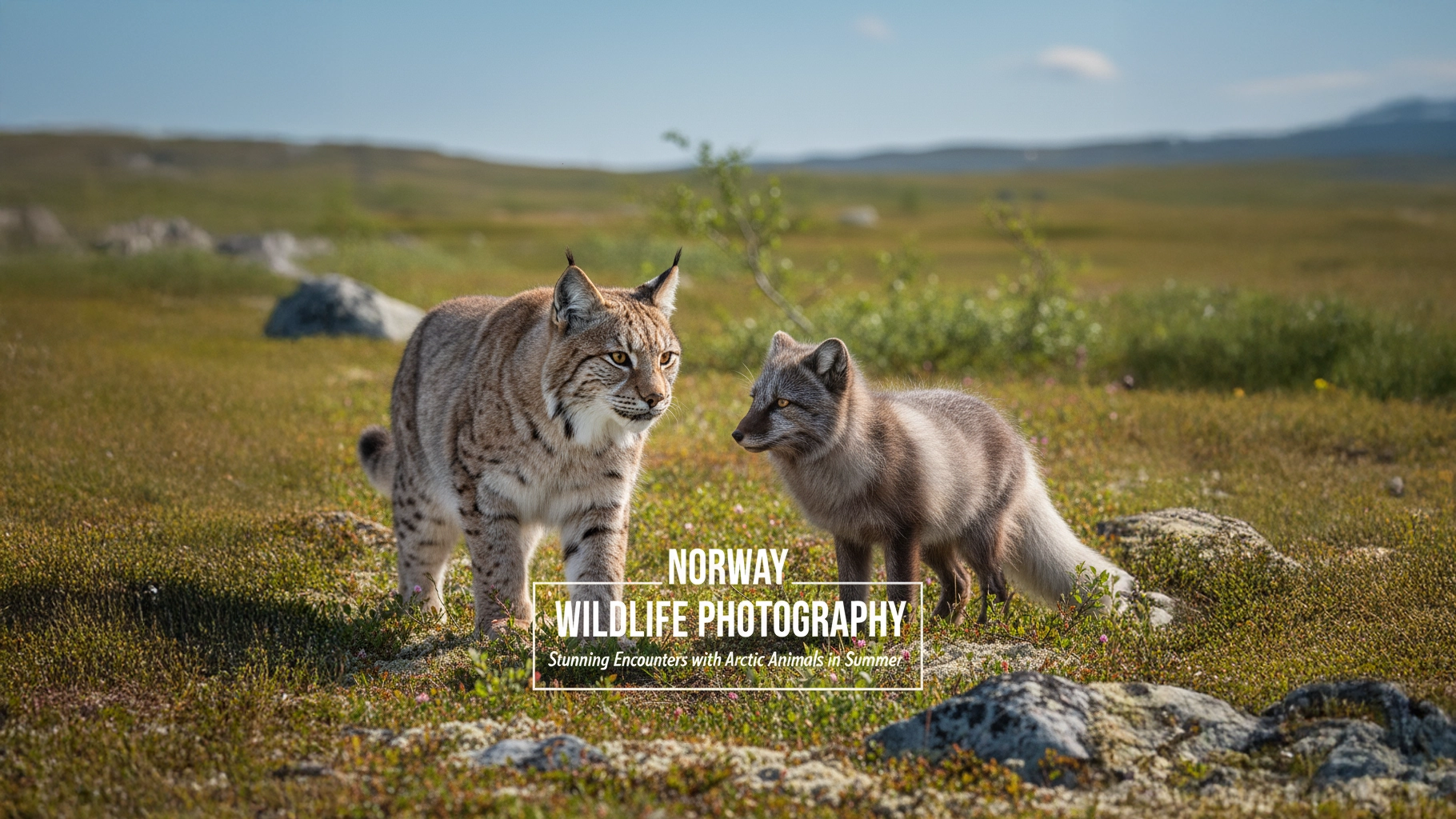
Telephoto Photography: Discover 6 Tips
What is Telephoto Photography?
Telephoto photography allows you to capture distant subjects with incredible detail. Using lenses with longer focal lengths, you can bring faraway scenes closer and create stunning images.
Table of Contents
Toggle
Table of Telephoto Lens Focal Lengths:
| Focal Length Range | Description | Common Uses |
|---|---|---|
| 70-200mm | Moderate telephoto | Portraits, wildlife, sports |
| 100-400mm | Super telephoto | Wildlife, sports, birdwatching |
| 200-600mm | Ultra telephoto | Wildlife, birdwatching, astrophotography |
| 500mm+ | Extreme telephoto | Wildlife, astrophotography, aviation |
4 Benefits of a Telephoto Lens
- Magnification: Bring distant subjects closer for detailed shots.
- Shallow Depth of Field: Isolate your subject with a blurred background (bokeh).
- Compression: Makes distant objects appear closer together, creating a unique perspective.
- Reaching Inaccessible Locations: Capture images from a safe distance.
6 Tips for using a Telephoto Lens
- Choose the Right Lens: Select a lens based on your budget and intended subjects.
- Use a Tripod: Stabilize your camera to avoid camera shake.
- Focus Carefully: Telephoto lenses can be challenging to focus; use autofocus with precision.
- Fast Shutter Speed: Minimize motion blur by using a fast shutter speed.
- Experiment with Aperture: Control depth of field to isolate your subject.
- Practice Patience: Telephoto photography often requires patience and anticipation.
Telephoto Examples
- Wildlife Photography: Capture stunning images of animals in their natural habitat.
- Sports Photography: Freeze the action with fast shutter speeds and telephoto lenses.
- Portrait Photography: Create unique portraits with compressed backgrounds.
- Landscape Photography: Emphasize details and distant elements within a landscape.
- Astrophotography: Capture celestial objects like the moon and stars.
Conclusion
Using a Telephoto lens opens up a world of possibilities for photographers. With the right equipment and techniques, you can create stunning images that capture the beauty and detail of distant subjects.

Additional Resources
Like what you read? Fuel my next post with a coffee – hit that PayPal button and keep the caffeine flowing!
[wpedon id=77]
Stephen Paul Young
I’m Steve (Stephen Paul Young), a landscape, digital and film photographer with a deep love for capturing the beauty of nature, light, and atmosphere. Whether I’m out at dawn chasing the perfect sunrise, exploring woodland trails, or experimenting with black-and-white film, photography is my way of seeing the world. I’m drawn to the small details and the big vistas alike, always looking for that moment where light, texture, and emotion come together. For me, photography isn’t just about taking pictures—it’s about storytelling, connection, and the joy of being present in the landscape.
You May Also Like

Norway Wildlife Photography: Stunning Encounters with Arctic Animals in Summer
12 September 2025
In the Shadow of Giants: Avebury stone circle photography
26 May 2025

